This article is Part 1 of a six-series adaptation from the book SPLASH! 10,000 Years of Swimming, written by Howard Means and published by Hachette Books.
Like any activity that dates back to the dawn of man, swimming is an index of change: of social morés, of fashion, of how we relate to nature, of religious teachings and superstitions, of sport and how we judge performance, even of climatological change. Which brings us to a time nine thousand years ago near the intersection of Egypt, Libya, and Sudan, and a desert landscape that was then pockmarked with lakes, cut through with river systems, and populated by hippopotami, Nile perches, and the very first human swimmers to be captured mid-stroke in paintings on ancient cave walls.
In October 1933, the Hungarian desert mapper László Almásy scrambled up some boulders in the southwest Egyptian desert, stuck his head inside a cave fourteen meters deep by eight meters wide, and discovered the oldest known pictographs of swimmers — perhaps 9,000-year-old representations of a primitive and very relaxed doggie-paddle.
The mouth of the Cave of the Swimmers, on the Gilf Khebir plateau at Wadi Sura, where Almásy discovered the pictographs. As measured by the aridity index, Wadi Sura is now the driest spot on planet Earth.
We humans are basically aquatic mammals up until the moment of birth, one reason why swimming remains deeply encoded in our biology. Up until about age six months, for example, an infant’s windpipe automatically closes underwater — the secret behind “water-baby” classes taught at so many YMCAs and similar institutions.
For the Ancient Greeks and earlier civilizations, swimming was often the winning-edge in battle. Huge carved reliefs taken from the palace of the Assyrian king Ashur-nasir-pal III, who ruled from 883 to 859 BCE, show warriors in full battle gear using inflated animal bladders to surprise their enemies.
Plato wrote that “a man is not learned until he can read, write, and swim,” and Greeks often swam for the sheer pleasure of it. Witness this scene from the interior of the Tomb of the Diver, circa 470 BCE, discovered at Paestum in the Campania region of Italy.
To be with his beloved Hero, Leander nightly swam the rugged Hellespont — now known as the Dardanelles, separating Europe and Asia. This coin, from the late 2nd century shows Leander using a sort of water-ballet version of the modern crawl stroke, but his last swim did not go well for either party.
For the Greeks, swimming was a civic virtue. For the Romans, it was an engineering challenge. The Great Palaestra at the ruins of Pompeii — larger by far than a football field — is anchored by this oversized, sloping swimming pool at its center. The overflow from the pool was used to flush the latrines.
The Great Bath at the restored Roman spa at Bath, in England — almost 25 meters long, lined with 45 sheets of lead, and fed by Britain’s only thermal spring. By the 2nd century it was covered by a ceramic vaulted ceiling 145 feet overhead.
Adapted from SPLASH! 10,000 Years of Swimming,
By Howard Means,
Published by Hachette Books
Buy Now: https://bit.ly/ReadSplash.
About The Book
Choose a stroke and get paddling through the human history of swimming!
From man’s first recorded dip into what’s now the driest spot on earth to the splashing, sparkling pool party in your backyard, humans have been getting wet for 10,000 years. And for most of modern history, swimming has caused a ripple that touches us all–the heroes and the ordinary folk; the real and the mythic.
Splash! dives into Egypt, winds through ancient Greece and Rome, flows mostly underground through the Dark and Middle Ages (at least in Europe), and then reemerges in the wake of the Renaissance before taking its final lap at today’s Olympic games. Along the way, it kicks away the idea that swimming is just about moving through water, about speed or great feats of aquatic endurance, and shows you how much more it can be. Its history offers a multi-tiered tour through religion, fashion, architecture, sanitation and public health, colonialism, segregation and integration, sexism, sexiness, guts, glory, and much, much more.
Unique and compelling, Splash! sweeps across the whole of humankind’s swimming history–and just like jumping into a pool on a hot summer’s day, it has fun along the way.
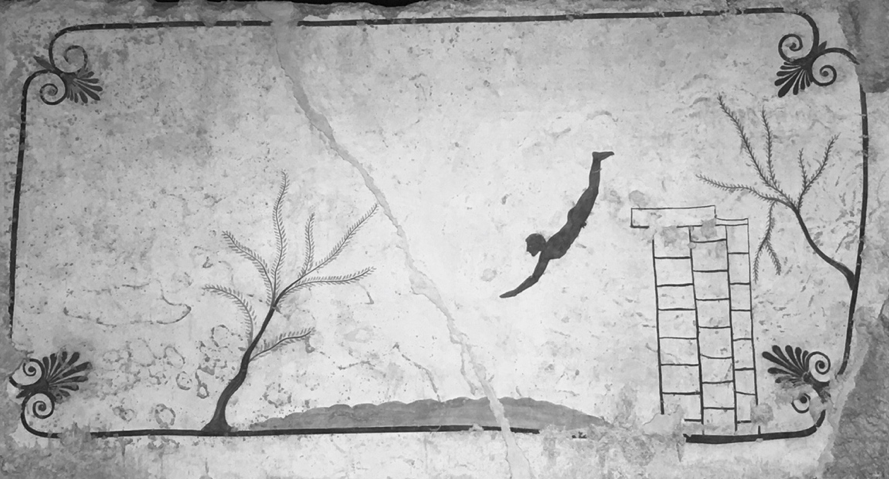
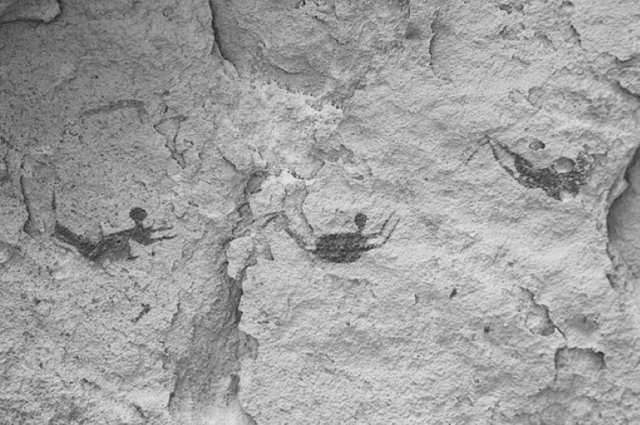
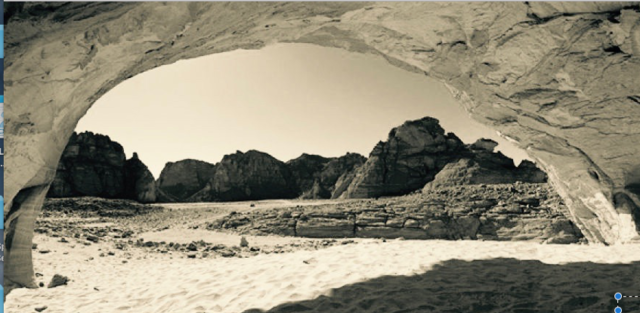
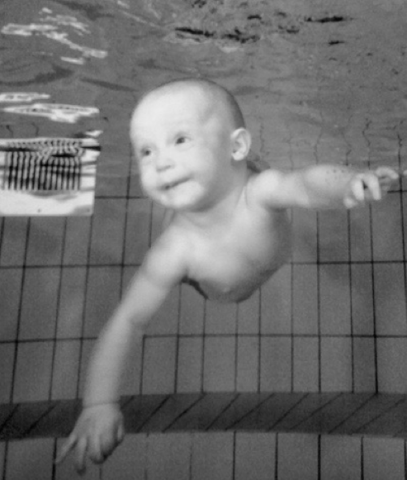
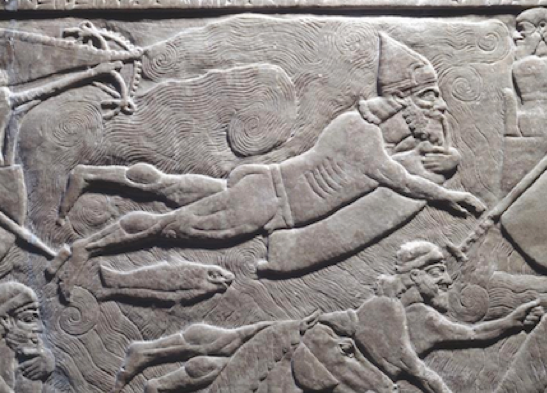
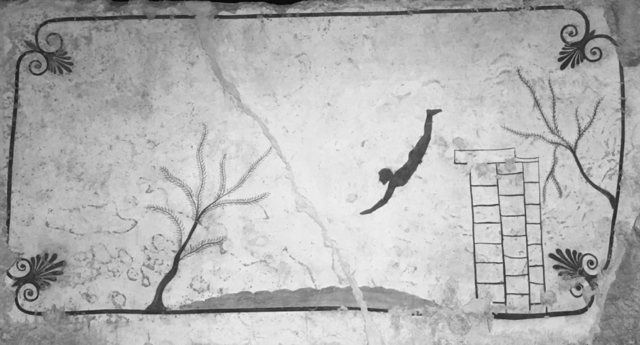
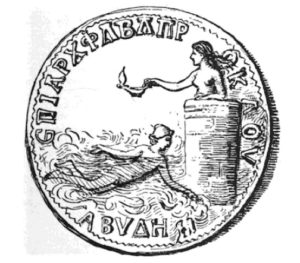
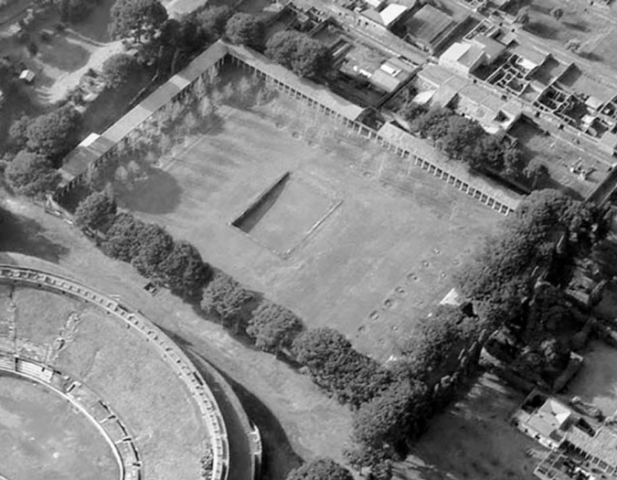
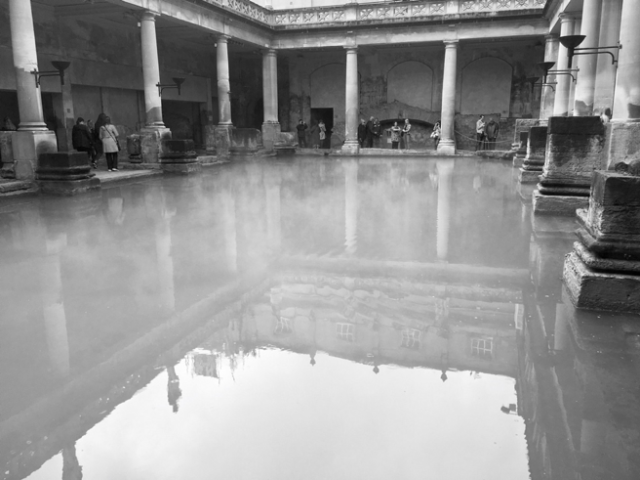
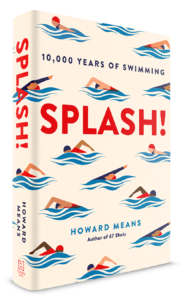

This looks great, looking forward to checking it out – soon! Thank you Howard!
Great — Dive in!
“inflated animal bladders” please explain
A pig bladder, say, filled with air as you might fill a balloon and tied off at either end to create a flotation device. Julius Caesar noted that the Lusitanians in Spain would not “join their armies without bladders.”